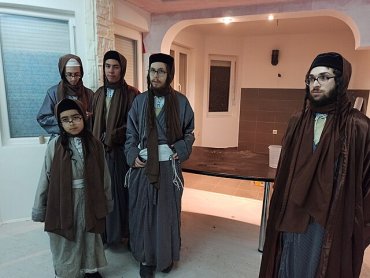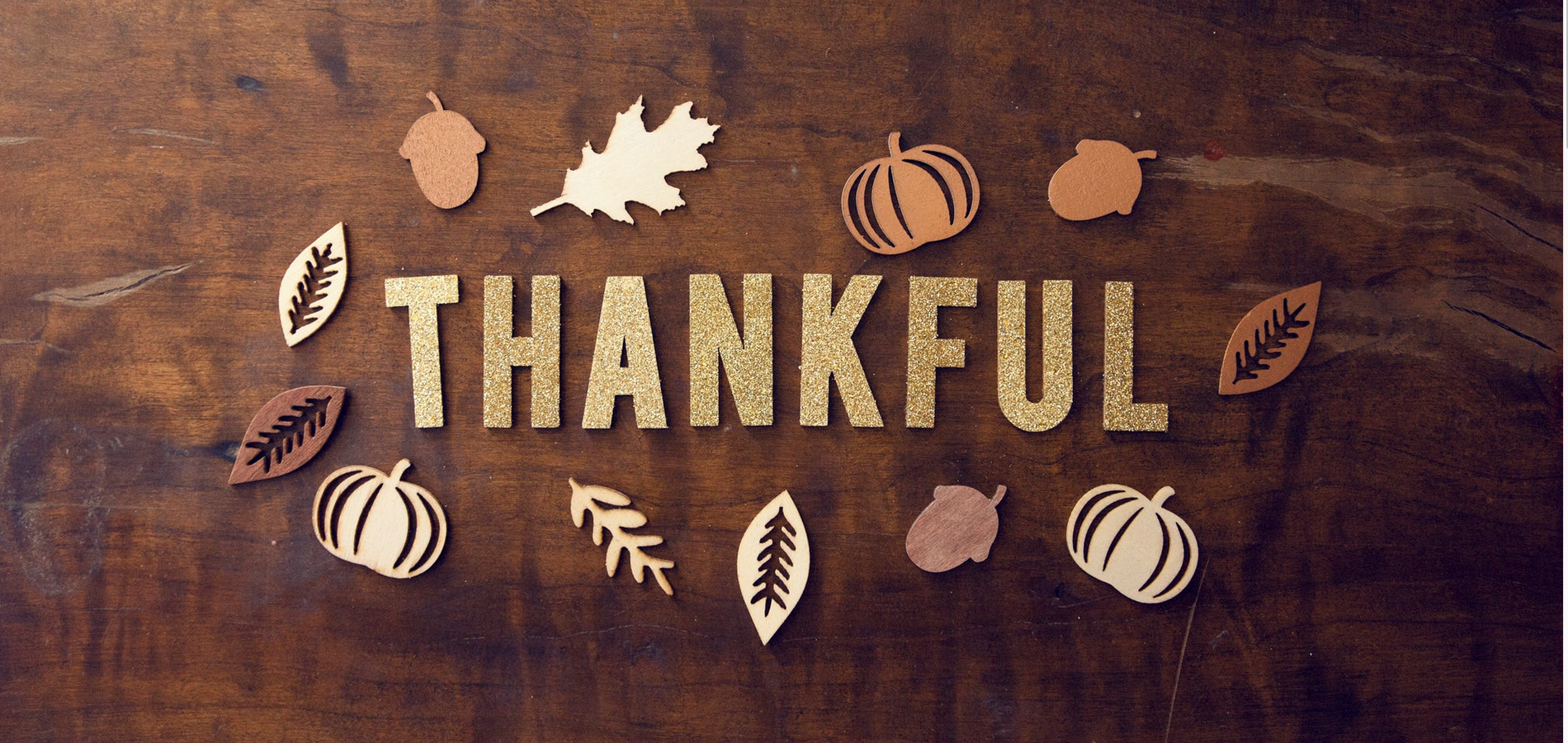
How Can I Understand The Men Depicted On Shtisel?
Over the last few weeks, I’ve answered question about the difference between Chasidim and Orthodox Jews, as well as on the women of Shtisel versus the women of Unorthodox. Last week’s questioner asked even more about Hasidic Jews and those on Shtisel [though while the answers are about Hasidic Jews, the characters of Shtisel are Haredi, not Hasidic]. Here are some additional questions and their answers.
Why do so many men smoke?
Chasidim have been smokers back to their earliest days. The Misnagdim (early opponents of the Hasidic movement) criticized them for this frivolous activity but the Chasidim of the time apparently smoked as part of their preparation for prayer, the Baal Shem Tov having taught that tobacco could have spiritual uses. Once the practice became entrenched in a community, warnings from medical authorities or rulings by rabbis from outside the community were unlikely to change the practice. Nowadays, more Hasidic rabbis do oppose smoking, though the practice continues to remain popular. Some Chasidim, however, now limit smoking to Saturday nights after the conclusion of the Sabbath, engagement celebrations and the holiday of Purim.
How do many men earn money for their families when they are studying at the Yeshiva?
A kollel is a yeshiva where married men learn. They earn a stipend for doing so, with the result that studying Torah is their job. It may not be big money but it’s an income.
Does pride and principles trump trying to get money?
Putting aside Chasidim per se, I would think that pride and principles trumping materialism would be an admirable trait in any community. But yes, I would say that, generally speaking, most Hasidic communities eschew many creature comforts in order to maintain their traditional spiritual lifestyles. This isn’t to say that there isn’t materialism and “keeping up with the Joneses” – after all, human nature is what it is – but the pursuit of the almighty dollar is not typically priority #1.
Why are there so many posters on the street walls – once I realized that one was announcing the death of Akiva’s grandmother.
Such an announcement is called a pashkvil and it’s an effective means of spreading news to a tight-knit community in a small geographic area. (What else could they do when members of their community don’t have radio, TV, Internet or smart phones?) Many pashkvilin contain official information from community leaders, though sometimes they are “opinion pieces” from anonymous parties.
Why do people touch the door frame and then kiss their hand when they enter a room?
Deuteronomy 6:9 commands the Jewish people to write the commandments on their doorposts. This is done by affixing a small scroll called a mezuzah to the frame. The mezuzah is a religious object, like a mini-Torah scroll. Just as people kiss the Torah, they kiss the mezuzah affixed to their doorposts. Since the mezuzah is pretty high up, people can’t really kiss it directly, so they kiss the mezuzah via their hand.
Is there summer clothing when it is really hot out? What are the hanging strings on the white shirts?
The summer clothing for Chasidim was the subject of a 2012 article in the New York Times. There, it mentions numerous things that help Chasidim beat the heat, including: lightweight versions of their traditional clothing; modifications like holes in the crown of a streimel (a traditional fur hat) to allow ventilation; layering. A professor of sociology quoted in the article notes that Chasidim don’t spend much idle time outdoors. “They spend a lot of time indoors, and they’re not Amish … so they have air-conditioning,” he says.
As far as the strings, Numbers 15:37-40 commands the Jewish people to put tzitzis on the corners of their garments. Tzitzis is commonly translated “fringes” but I think “tassels” would convey the idea more accurately. The strings you see hanging out are the tzitzis.
Why are all the men called rabbis? Or is this the translation in the subtitles? I do not see Rabbi Shulem or Rabbi Lippi leading a service at a synagogue. Is this a title like Mr. and not like Reverend or Father?
Having rabbinic ordination in the Orthodox community might be compared to having a bachelor’s degree in the secular community – a lot of people have it and it doesn’t necessarily reflect one’s profession. Just as you might have a degree in philosophy and work in advertising, an Orthodox man might have rabbinic ordination and work as a doctor, an accountant or a plumber. Some rabbis certainly have a pulpit but many of their congregants are also rabbis. (Additionally, there’s a term of address “reb,” typically used for a layman. It’s a term of respect and it might be translated “rabbi,” but the person being addressed wouldn’t really be one.)
I hope this answers all your questions sufficiently!
Sincerely,
Rabbi Jack Abramowitz
Educational Correspondent
Follow Ask Rabbi Jack on YouTube
If you found this content meaningful and want to help further our mission through our Keter, Makom, and Tikun branches, please consider becoming a Change Maker today.








2 comments
Sort by
The Shtissels are NOT Hassidim, but Haredi Yerushalmis
smoking also is a mental stimulant that improves mental acuity which does benefit those spending long hours studying